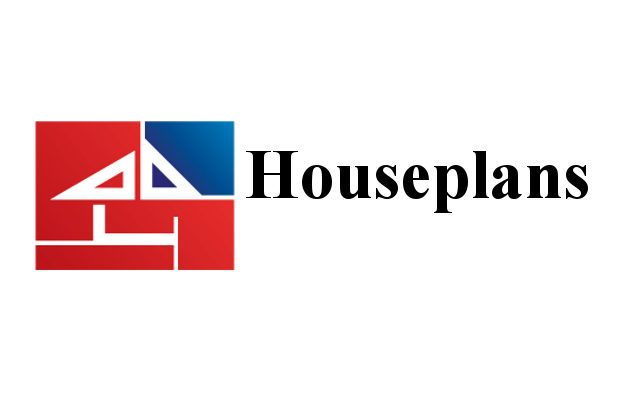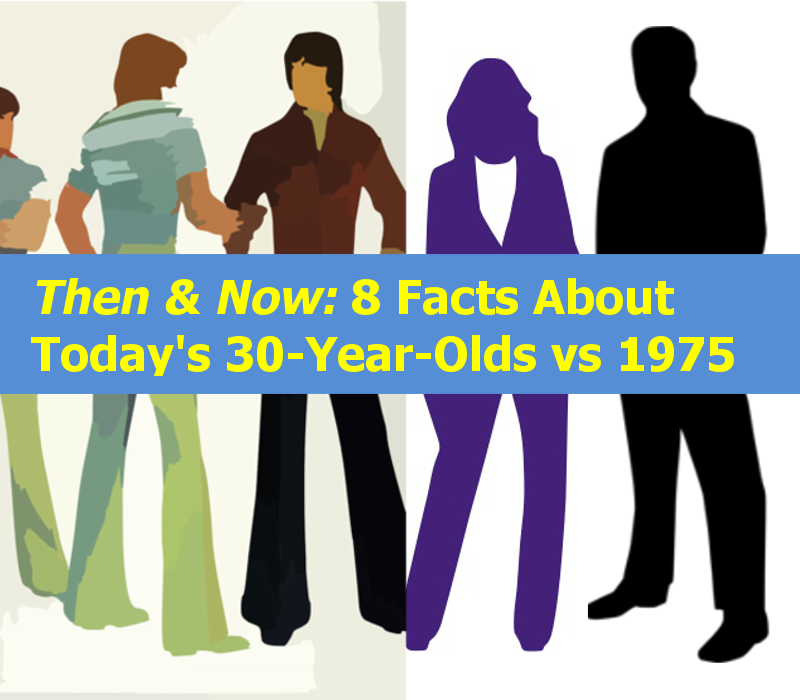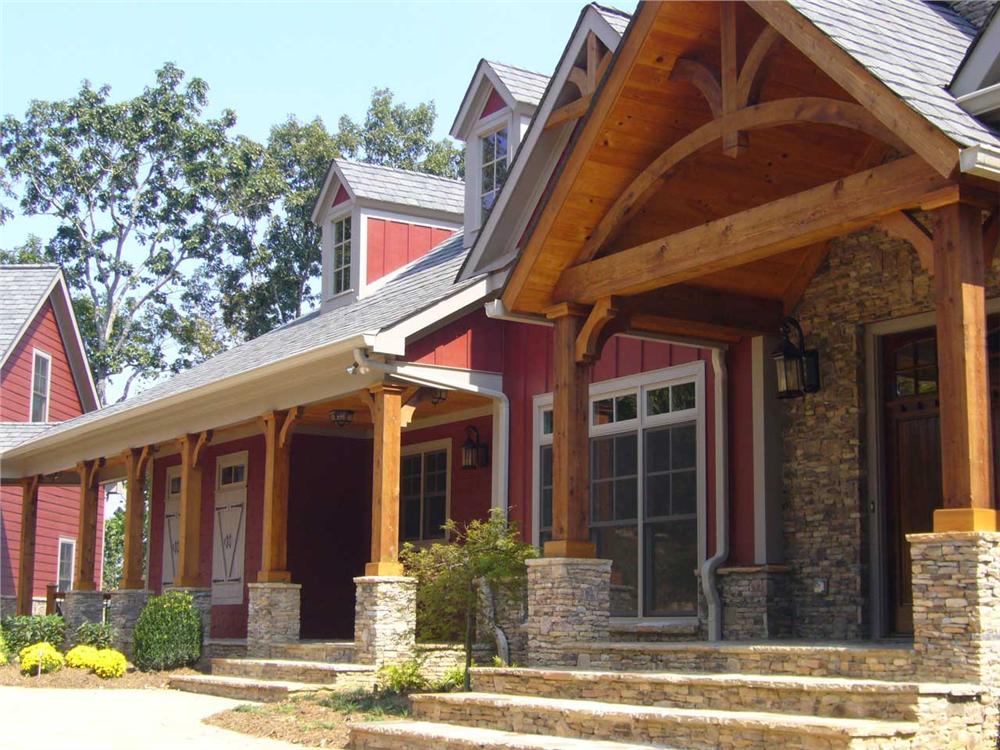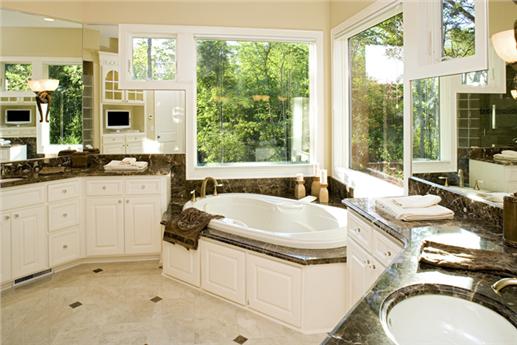The senate keeps forgetting to include important tax breaks for renewable energy projects. Last year, senate passed the Energy Act which raised the bar on miles per gallon, and other household efficiency issues. It seems that we’re still stuck with the idea that it’s okay to harm the environment… less. Industry proponents say that the failure to extend tax credits for renewable energy systems installation will dramatically slow down the growth of the wind and solar industries. To add insult to injury, they extended tax breaks to oil companies instead. This adjustment was one made by the senate under the threat of a veto.
The growth of the renewable energies industry is seen as an important avenue to slowing global warming and relieving world citizens from oil dependency. It’s also viewed as an important cure to the energy crisis caused by electricity demands as individual households invest in their own energy source. Decentralization of electricity is a movement that will surely suffer as homeowners will have much less incentive to install wind and solar energy systems. In addition, recent studies have shown that real estate values and occupancy rates are greatly improved through green architecture. The injured housing market that eagerly awaits a boost from renewable energies will have to get it before the end of 2008 when the tax credit expires.
Though the rest of the Energy Act is a good step in the right direction, it’s hard to see Big Oil slap down the rising champion, Renewable Energy (and thanks to you all for permitting the sports analogy). With presidential elections forth coming, we’ll be holding our breath to see how a new administration supports a renewable economy.








